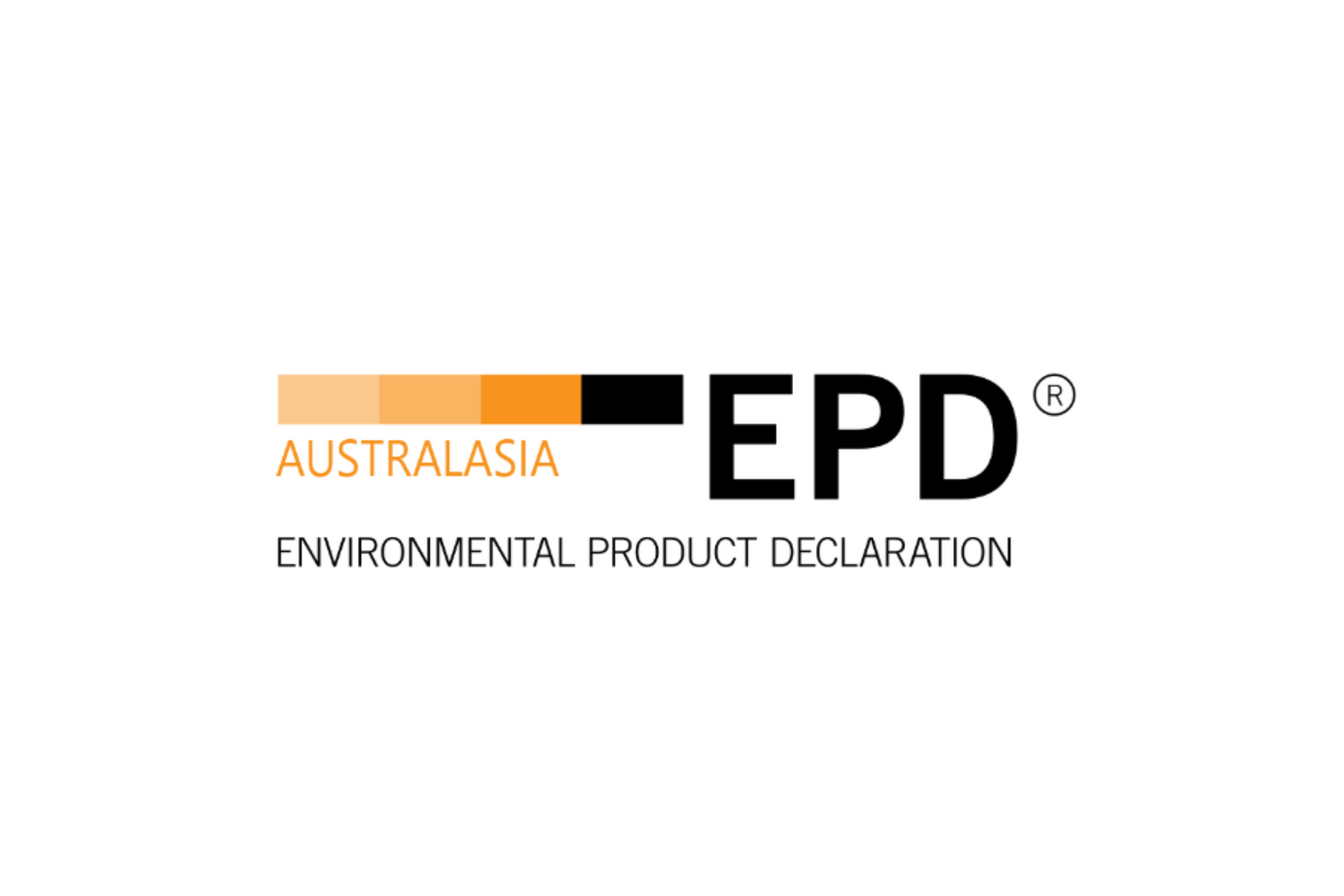The DATA
The first step for us is to review the Environmental Product Declaration (EPD) for each product we want to feature on Folkal.
An EPD is an independently verified and registered document that transparently communicates the environmental performance or impact of any product or material over its lifetime. Multiple datasets are included in an EPD: resource consumption of energy, water and renewable resources, and emissions to air, water and soil.
An EPD typically includes information gathered from a Life Cycle Assessment (LCA) that provides a systematic analysis of the potential environmental impacts of products or services during their entire life cycle.
It is important to note that an EPD does not judge products or imply that a declared product is environmentally superior to alternatives. That’s where our Rating System comes in!
We take the EPD data and input it into our framework and criteria.


what is an EPD?
An Environmental Product Declaration (EPD) is an independently verified and registered document that communicates transparent and comparable data and other relevant environmental information about the life-cycle environmental impact of a product.
HOW THE SCORES ARE CREATED
The Rating System framework consists of 3 major categories; Product, Case, Packaging & Transport.
When we refer to Product this includes the frame, lenses, process of manufacturing and end-of-life protocols.
For Cases we also look at the material used for the case, the process of manufacturing and end-of-life protocols.
For Packaging & Transport we assess the type of packaging used in transit during manufacture, materials used for consumer packaging and whether the outbound transport emissions are offset at all.
A total score for each category is then turned into a percentage. For example, if the total available score for the product category is 20 and the individual product scores 10 they receive a 50% rating for Product.
Because the material and processes used for the product of frames and lenses tend to have the biggest impact on the environment, we have weighted the importance of this category higher than Cases and Packaging & Transport.
The percentage is then assigned a rating of either GOOD, BETTER or BEST.
-
Product
When we refer to Product this includes the frame, lenses, process of manufacturing and end-of-life protocols.
-
Case
For Cases we also look at the material used for the case, the process of manufacturing and end-of-life protocols.
-
Packaging & Transport
For Packaging & Transport we assess the type of packaging used in transit during manufacture, materials used for consumer packaging and whether the outbound transport emissions are offset at all.
What rating should I look for?
When you see the rating GOOD it means your chosen pair of glasses are doing better than average when it comes to sustainability.
When you see the rating BETTER it means your chosen pair of glasses are doing above average when it comes to sustainability.
When you see the rating BEST it means your chosen pair of glasses are performing well above average when it comes to sustainability.
On each product page you will find 3 icons that reflect how the product scored against each of these components.
-
Product
- Products that receive a score below 25% are not eligible for sale on Folkal
- Products that receive a score of 25% - 49% are rated as GOOD
- Products that receive a score of 50 – 75% are rated as BETTER
- Products that receives a score of 76% and above are rated as BEST
-
Case
- A score (even a small one) is rated as GOOD
- A score between 33 – 65% is rated as BETTER
- A score over 65% is rated as BEST
-
Packaging & Transport
- A score between 0% - 33% is rated as GOOD
- A score between 33 – 65% is rated as BETTER
- A score over 65% is rated as BEST


What is an LCA?
A Life Cycle Assessment (LCA) is defined as the systematic analysis of the potential environmental impacts of products or services during their entire life cycle.


